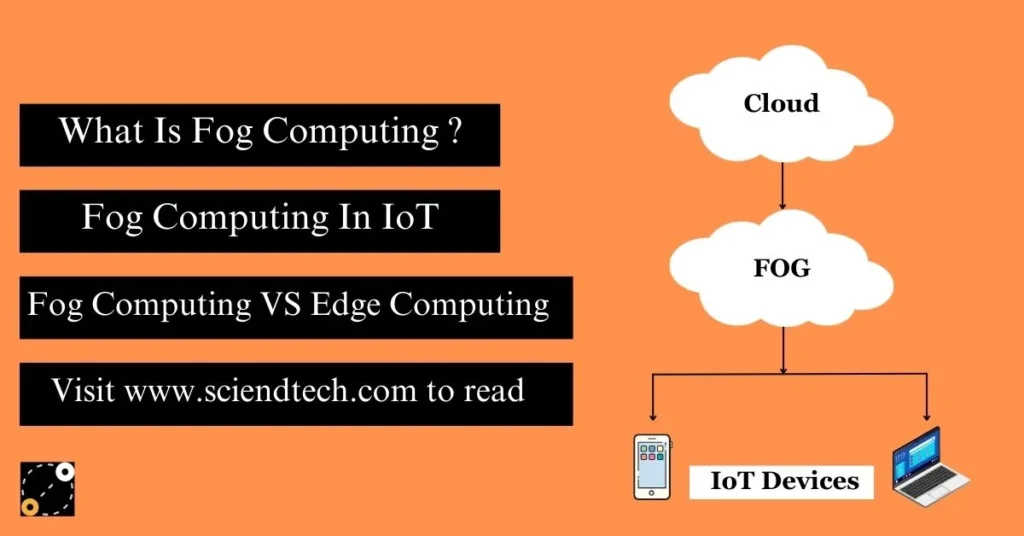Generations of Mobile network technology are decided by the partnership programmes and the frequency for telecom services is worked out by World Radio Conferences Organized by International Telecommunication Union. In these conferences India is represented by Standing Advisory Committee on Frequency Allocation (SACFA) which is a part of wireless planning committee in the department of telecommunication.
Generations of Network Technology
1G
1G was analog. It was not introduced in India.
2G
2G was digital, it allowed both voice and non-voice data.
2.5G
2.5G started the era of digital convergence as mobile became a multi media platform because of the availability of the internet due to GPRS (General Packet Radio Services).
2.75G
2.75G internet was comparatively faster because of EDGE (Enhanced Data Rate or GSM evolution or EGPRS (Enhanced GPRS).
3G
3G not only had faster speed but it also allowed video calling.
4G
4G also known as LTE (Long term Evolution). It has 2 different technologies i.e FDD (frequency Division Duplex) and TDD( Time Division Duplex).
Frequency Division Duplex
In this operator has to buy spectrum in 2 bands where one is used for up linking and other is used for down linking so as to avoid the interference.
Time Division Duplex
It requires unpaired spectrum i.e the same band is used for up linking and down linking. In order to avoid the interference the operator has to maintain a certain time gap.
5G
5G is a general-purpose technology like electricity. It will be used in driverless cars, smart cities, internet of things etc. The requirements for 5G technology are :
- Speed should be many times faster than that of 4G. According to some analyst it is expected to be 100 times faster than 4G.
- Latency will be 1 milisecond.
- Atleast 80% fiberisation.
- 99.9 % of the territory will be covered.
The department of telecommunication has identified the frequency from 3.3 GHz to 3.6 GHz for 5G services although the world radio conference has identified 2 frequency ranges.
- Frequency Range 1 upto 5GHz
- Frequency Range 2 from 24 Ghz to 100 GHz
India has opted for FR1 for 5G services where as US has decided to use FR2 out of 300 MHz – 100 MHz is for defence and 25 MHz is for space that means effectively
175 MHz is left, to provide reliable services atleast 100 MHz is required for each operator.
Pricing of 5G spectrum is also an issue, TRAI (telecom regulatory authority of India) has proposed 492 crore rupees for 1 MHz. It means each operator has to pay close to 50,000 crore rupees only for buying spectrum. The investment required for infrastructure creation is separate.
A very serious concern for India is the participation of Huawei in 5G trials which is known for its proximity with the Chinese government. Moreover, there are some laws which mandates that the companies should support the government agencies in intelligence gathering. Therefore, there is a possibility that Huawei may pass on the data to the Chinese authorites.
FAQs
What are the generation of mobile network technology?
The generation of mobile technologies are 1G, 2G, 3G, 4G and 5G. Today we are currently using 4g and 5g.
What is 1G 2G 3G 4G 5G network technology?
1G, 2G, 3G, 4G and 5G are the generations of mobile networks in which G stands for Generations whereas 5G is the latest generation in mobile networks.
What are the five generation of mobile computing?
5G is the latest fifth generation of mobile network technology, it is designed in such a way that it connect virtually everything like machines, objects and devices.
What are the 4 mobile technologies?
Four mobile technologies are :
- Cellular communication.
- 4G networking.
- Bluetooth
- Wifi
conclusion
This article deals with different generations of network technology which has arrived in mobile till now such as 1G, 2G, 3G, etc. Further it talks about Frequency Division Duplex and Time Division Duplex and concludes with discussing 5G, the latest network technology.





